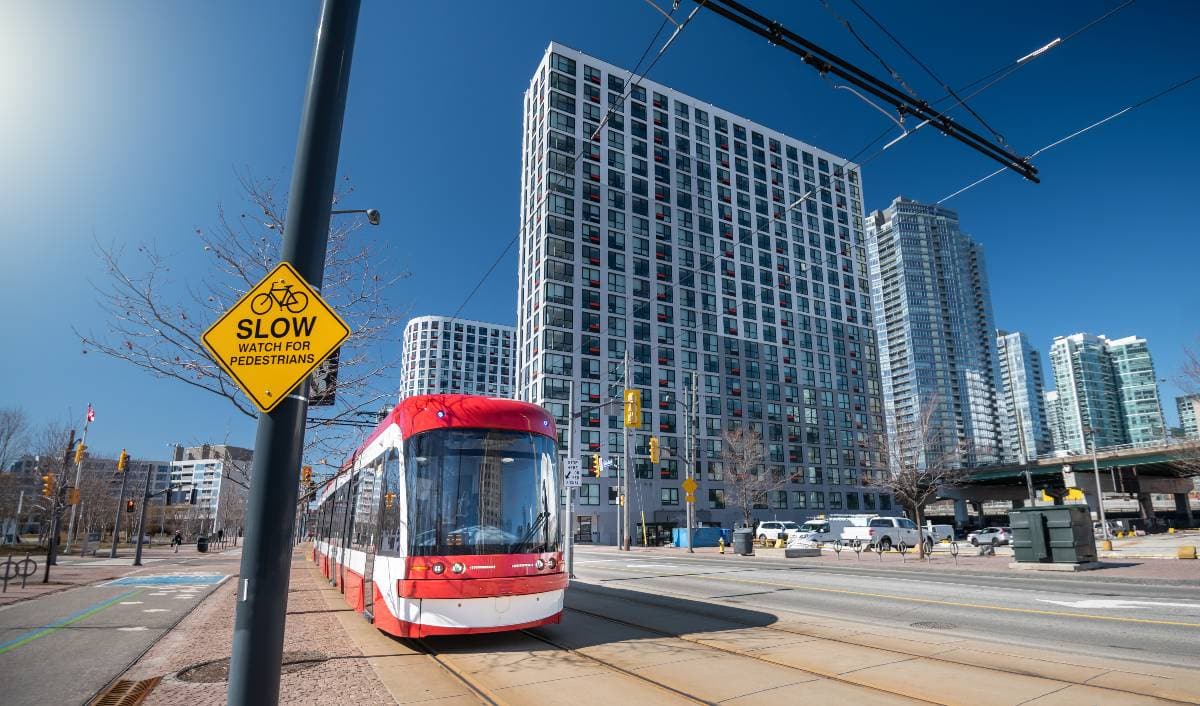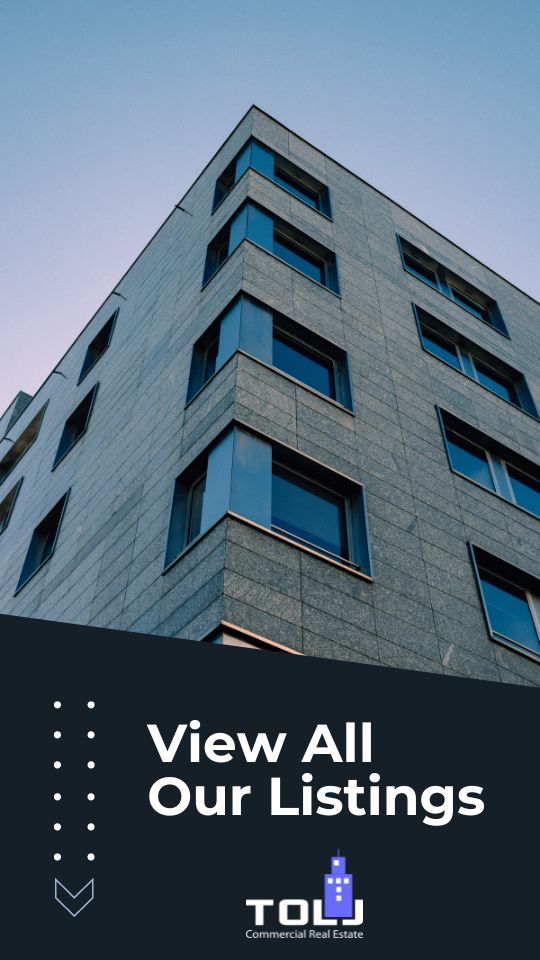After 18 years in commercial real estate, I’ve witnessed numerous market shifts and evolving trends. But few developments have excited me as much as the rise of Transit-Oriented Developments (TODs). As someone who specializes in representing business owners and landlords in commercial property transactions, I’ve had a front-row seat to how these developments are transforming our urban landscapes and creating exceptional opportunities for investors and businesses alike.
Key Takeaways
- Properties near transit hubs command 20-25% higher rents and experience faster appreciation, creating exceptional investment opportunities for commercial property owners.
- TODs reduce business transportation costs while providing access to wider talent pools and increased foot traffic for retail tenants.
- Mixed-use developments in transit zones offer superior returns through multiple revenue streams and greater resilience against market fluctuations.
What Makes Transit-Oriented Developments Special?
Transit-oriented developments are mixed-use communities designed around public transportation hubs. These pedestrian-friendly neighborhoods integrate residential, commercial, office, and recreational spaces within walking distance of quality public transit. The concept isn’t new, but its implementation has gained significant momentum in recent years as cities grapple with congestion, pollution, and housing affordability.
For me, TODs represent the perfect intersection of smart urban planning, sustainable development, and strategic investment opportunity. When working with clients, I often highlight several key benefits that make these developments particularly attractive:
Reduced Transportation Costs
One of the most immediate advantages I see for businesses in TODs is the substantial reduction in transportation expenses. Companies located in these developments can reduce parking requirements and related costs. Their employees enjoy shorter commutes and decreased dependence on personal vehicles, which translates to significant savings on fuel and vehicle maintenance.
In my experience, these savings aren’t just theoretical. I recently helped a mid-sized tech company relocate to a TOD near a light rail station, and they reported a 22% decrease in employee commuting costs within the first six months. Those are tangible benefits that impact both companies’ bottom lines and employees’ quality of life.
Enhanced Property Values
From an investment standpoint, proximity to public transportation has consistently proven to be a powerful driver of property value appreciation. Properties within a quarter-mile of transit stations typically command 20-25% higher rents than comparable properties without such access.
Sustainable Urban Development
Beyond the financial benefits, TODs contribute significantly to more sustainable urban development patterns. By concentrating growth around transit corridors, these developments help reduce urban sprawl, preserve green spaces, and lower greenhouse gas emissions.
For many of my clients, this sustainability aspect has become increasingly important. I work with several business owners who specifically seek out TOD locations not just for the economic advantages but also because they align with their corporate environmental responsibilities and values.
Commercial Real Estate Opportunities in TODs
For business owners and investors I represent, I typically highlight three primary commercial opportunities within Transit-Oriented Developments:
Retail and Service Businesses
Retail and service businesses in TODs benefit from high foot traffic and a built-in customer base. The concentrated mix of residents, workers, and transit users creates a steady flow of potential customers throughout the day.
One of my clients, a boutique coffee shop owner, increased their daily customer count by over 35% after relocating to a storefront adjacent to a busy transit station. The visibility and accessibility transformed their business from a neighborhood favorite to a regional destination.
Office Space
Office spaces in TODs offer companies a competitive edge in talent recruitment and retention. In our post-pandemic world, where workplace flexibility has become the norm, offices with convenient transit access help bridge the gap between remote work and in-person collaboration.
I’ve noticed companies are willing to pay premium rents for TOD office locations because they’ve calculated the ROI in terms of improved employee satisfaction, reduced turnover, and enhanced productivity. The right location has become as strategic as any other business decision.
Mixed-Use Developments
Perhaps the most exciting opportunities lie in mixed-use projects that combine residential, commercial, and office components. These integrated developments create vibrant, 24/7 environments where people can live, work, shop, and play without extensive travel.
For landlords and developers I work with, these projects often deliver superior returns compared to single-use properties. The synergy between different uses creates resilience against market fluctuations and provides multiple revenue streams.
Challenges and Considerations
While I’m enthusiastic about TODs, I always counsel my clients to be aware of certain challenges:
Higher Initial Costs
Properties in established TODs typically command premium prices, requiring larger upfront investments. However, I’ve found that when factoring in long-term appreciation potential and stable occupancy rates, the numbers often make sense even with the higher entry point.
Changing Regulations
Transit-oriented zoning often comes with specific requirements regarding density, parking, and design. These regulations can change over time as cities refine their approach to transit-centered development.
I advise my clients to work closely with local planning departments and stay informed about potential regulatory changes that could impact their properties. Being proactive rather than reactive has saved many of my clients from costly surprises.
The Future of Transit-Oriented Development
Looking ahead, I see several trends that will further enhance the value and appeal of TODs:
Integration with Micromobility
The rise of e-bikes, scooters, and other micromobility options is extending the effective radius of transit stations. Properties that might have been considered too far from transit in the past are now becoming viable TOD opportunities as these “last mile” solutions proliferate.

Technology Enhancement
Smart city technologies are increasingly being incorporated into TODs, creating more efficient and user-friendly environments. From real-time transit information to integrated payment systems for transportation and local businesses, these technological advances are making TODs even more attractive to tech-savvy residents and companies.
Climate Resilience
As climate concerns grow, developments designed to minimize carbon footprints will likely receive favorable treatment from both regulators and the market. TODs, with their intrinsic sustainability benefits, are well-positioned to meet these evolving preferences.
FAQs
What is transit-oriented development (TOD)?
How do TOD projects impact residential development?
What are the benefits of TOD in terms of public space?
How does access to transit influence transport policy?
What role does the Institute for Transportation and Development play in TOD?
Conclusion
After nearly two decades in commercial real estate, I’ve learned to distinguish between passing fads and fundamental shifts in the market. Transit-oriented development falls firmly in the latter category. The convergence of economic advantages, sustainability benefits, and changing lifestyle preferences makes TODs a compelling opportunity for the business owners and landlords I represent.
Whether you’re considering relocating your business, expanding your commercial property portfolio, or developing new projects, I believe TODs deserve serious consideration in your strategy. The train is quite literally leaving the station on this opportunity—and in my professional opinion, you don’t want to miss it. Schedule a consultation with me today!




